Fresh herbs don’t have to disappear when the weather turns cold. A bright windowsill, a few pots, and good potting soil can keep them thriving inside all winter. Choose a sunny spot with at least six hours of light or add a small grow light if your kitchen is dim. Water only when the top inch of soil feels dry and pinch back stems to encourage new growth. With these simple steps you can keep herbs healthy and flavorful, ready to add fresh taste to every winter meal.

Chives
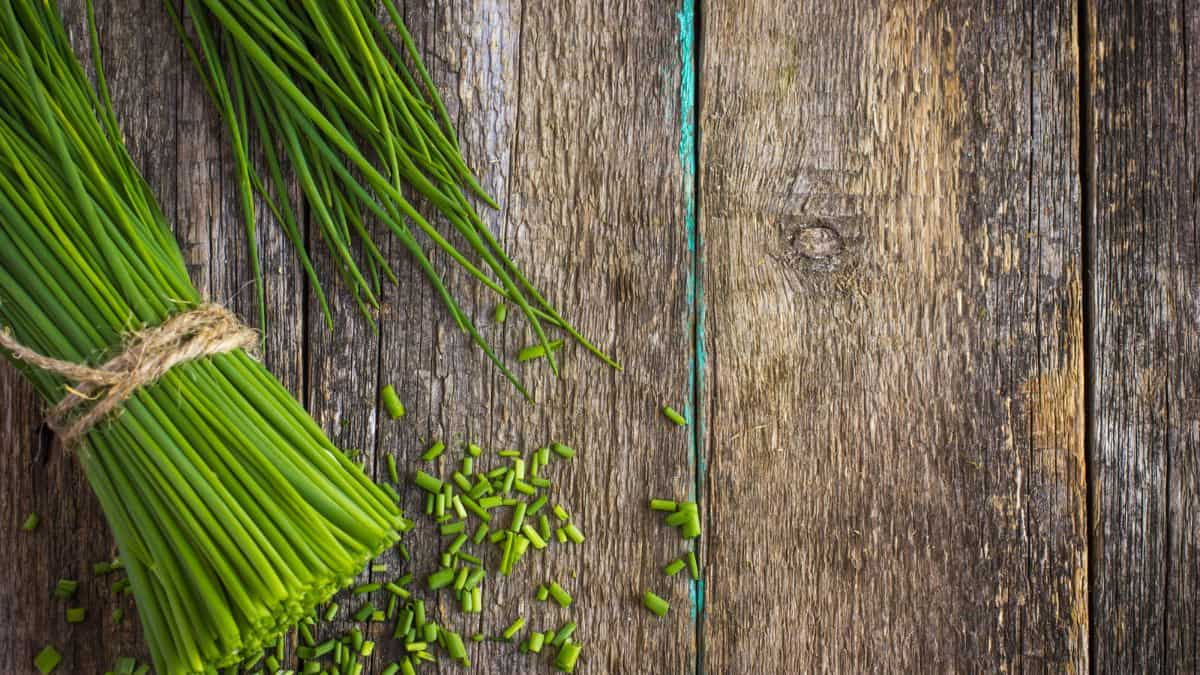
Chives thrive indoors with very little effort, rewarding you with long, slender leaves that taste faintly of onion. Regular snipping encourages new growth so you can harvest again and again through the season. Fresh chives bring bright flavor to eggs, soups, dips, and roasted vegetables, and the small purple blossoms are edible too, adding color and mild spice to winter salads.
Lemongrass
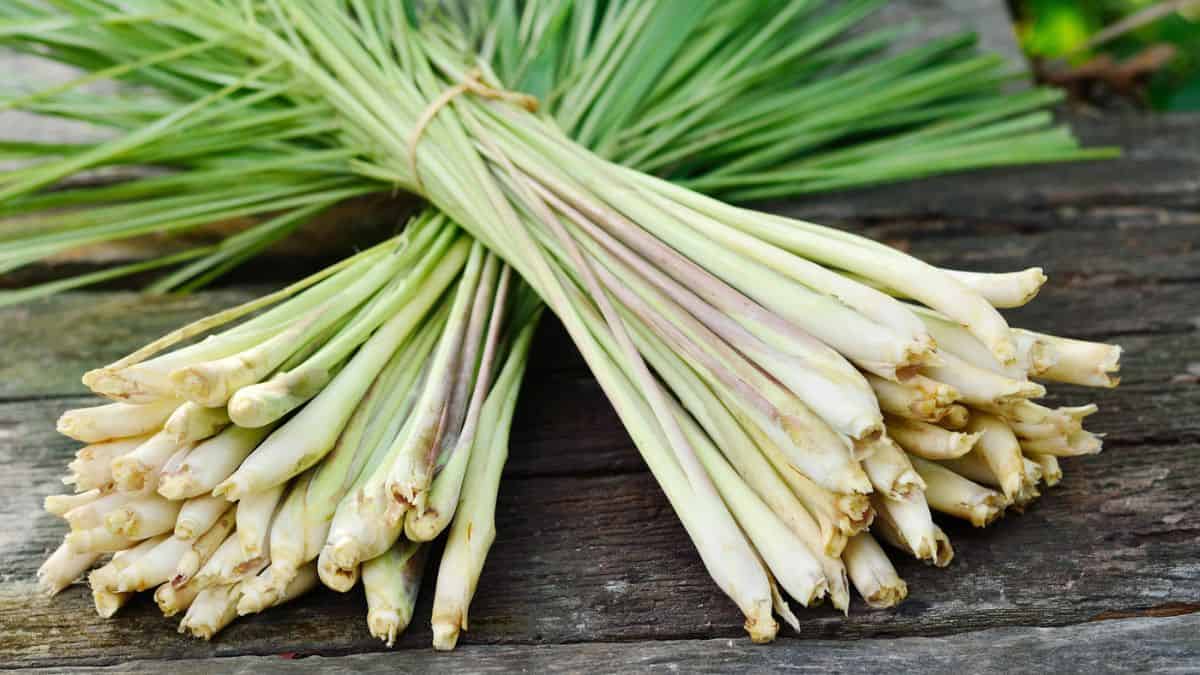
Lemongrass grows happily in a sunny kitchen corner and delivers a clean citrus aroma that livens up cold-weather cooking. Plant the stalks in a deep pot of well-drained soil and water sparingly once the roots take hold. Use the tender inner stalks to infuse broths, curries, and teas with a warm lemony scent that feels like a bit of summer in the middle of winter.
Thyme
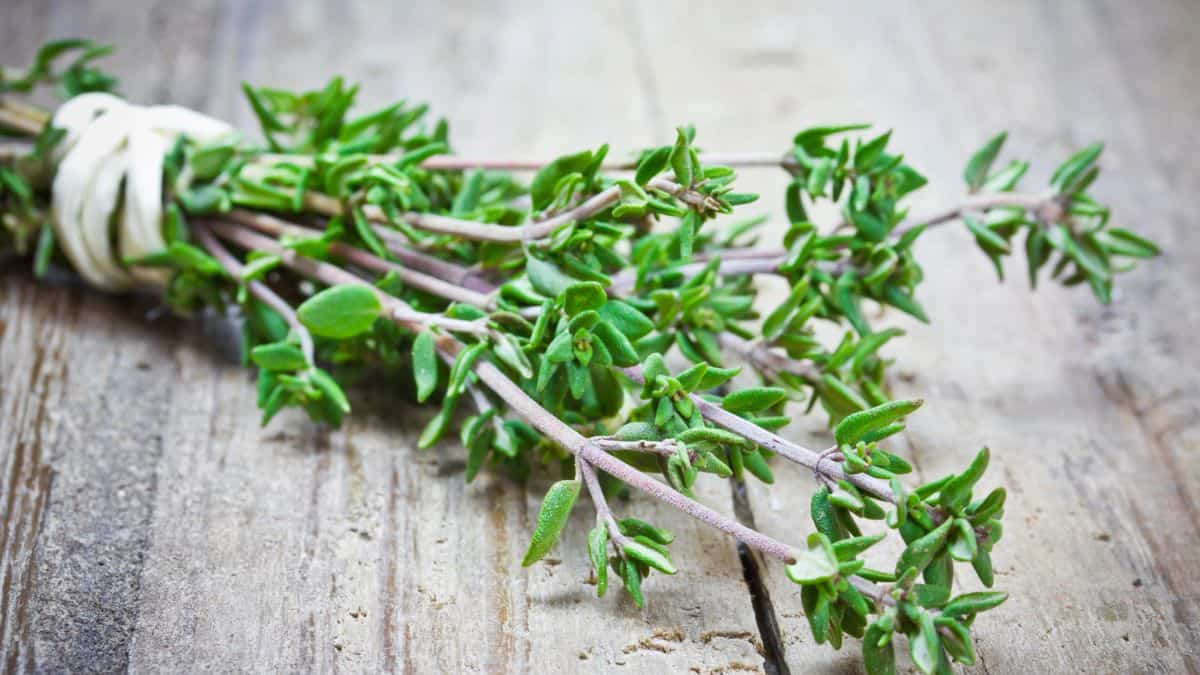
Thyme stays compact and easy to manage indoors while producing leaves with a subtle earthy note. It prefers steady light and slightly dry soil, making it one of the easiest herbs to care for in cooler months. Sprinkle fresh thyme into slow-cooked soups, roasted meats, or vegetable dishes for layers of flavor that hold up well to long cooking times.
Mint
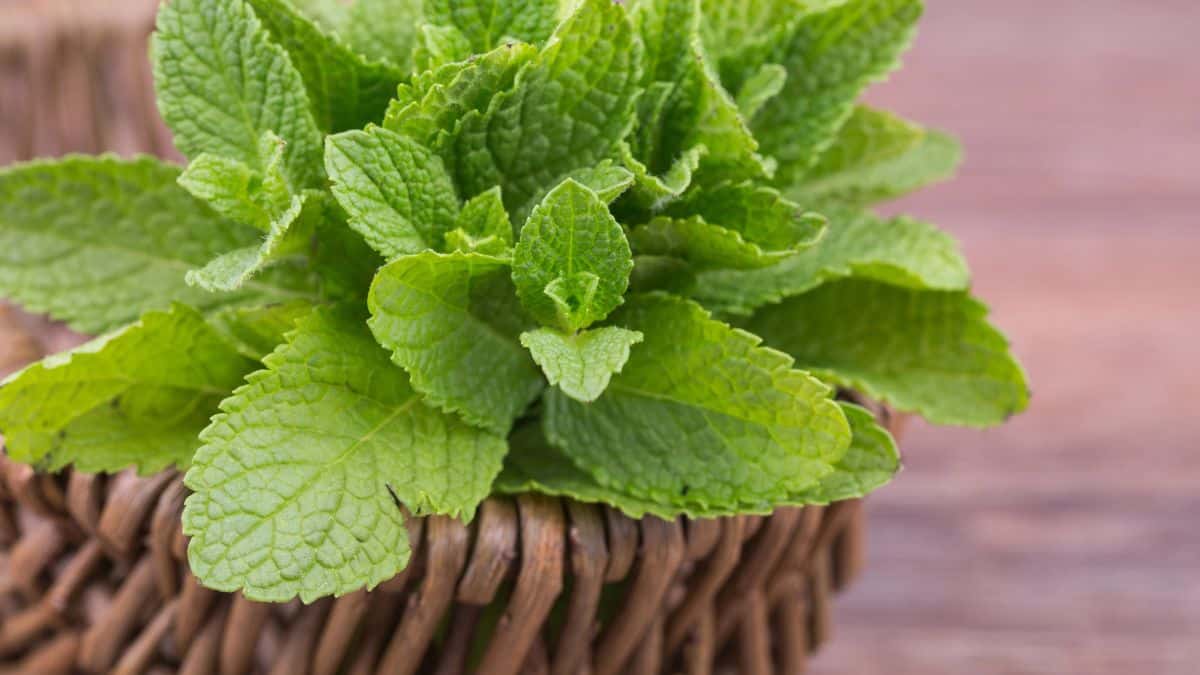
Mint adapts well to containers and will keep sending up new shoots if you harvest the leaves regularly. Keep the soil lightly moist and give it bright, indirect light for a steady supply of fragrant greenery. Fresh mint lifts winter drinks like hot chocolate or herbal tea and adds a cooling finish to grain salads and desserts.
Oregano
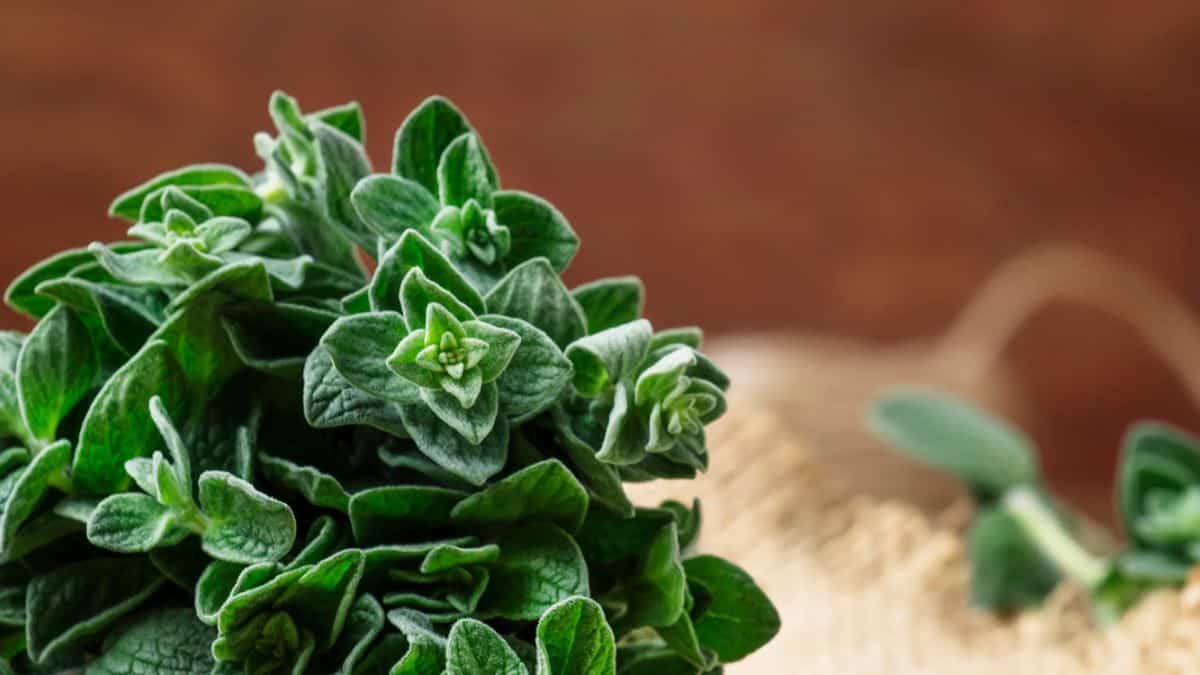
Oregano loves sun and dry soil, which makes it a strong performer on a warm indoor sill. Trim it often to promote bushy growth and steady flavor. Homegrown oregano adds depth to tomato sauces, pizzas, and roasted vegetables, bringing Mediterranean flavor to winter meals without relying on dried herbs.
Sage

Sage grows well in a bright indoor spot where the soil can dry slightly between waterings. Regular pruning keeps the plant compact and the leaves tender. Fresh sage pairs beautifully with poultry, root vegetables, and creamy pasta sauces, giving hearty cold-weather dishes a fragrant edge that dried leaves simply cannot match.
Lemon Balm
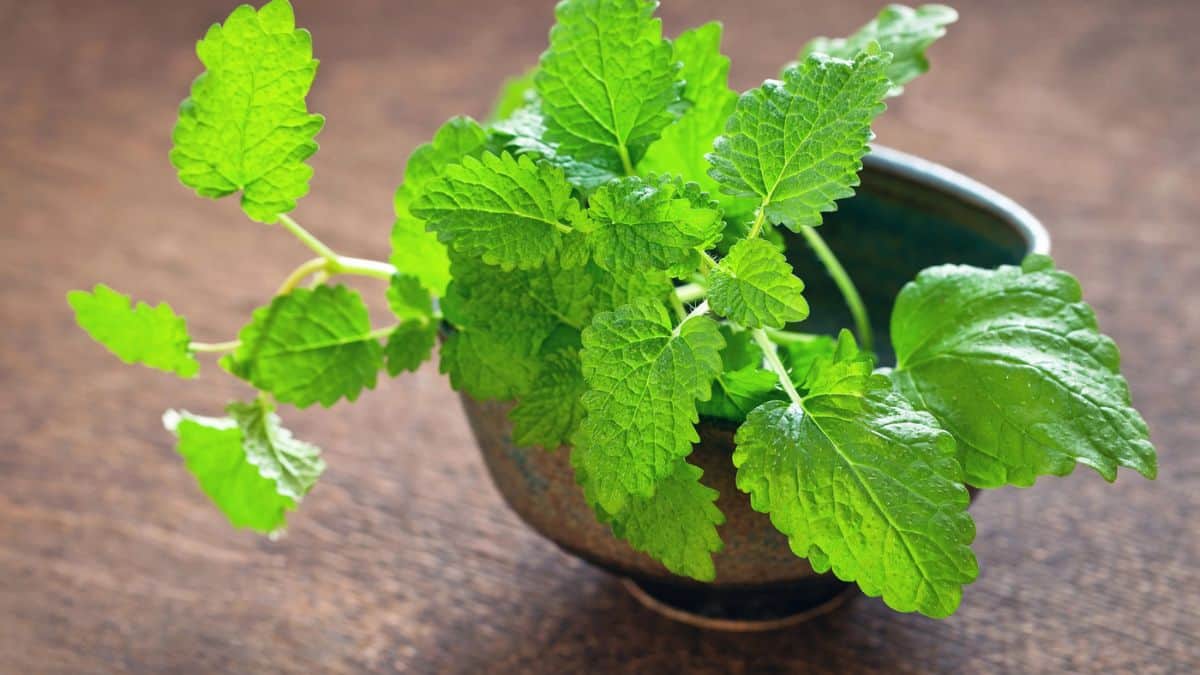
Lemon balm fills a room with a gentle citrus fragrance and thrives with just moderate light and consistent watering. Its soft leaves can be steeped into calming teas or added to fruit salads and baked goods for a light, refreshing taste. Growing it indoors through winter keeps this calming herb close at hand for cooking and relaxation.
Parsley
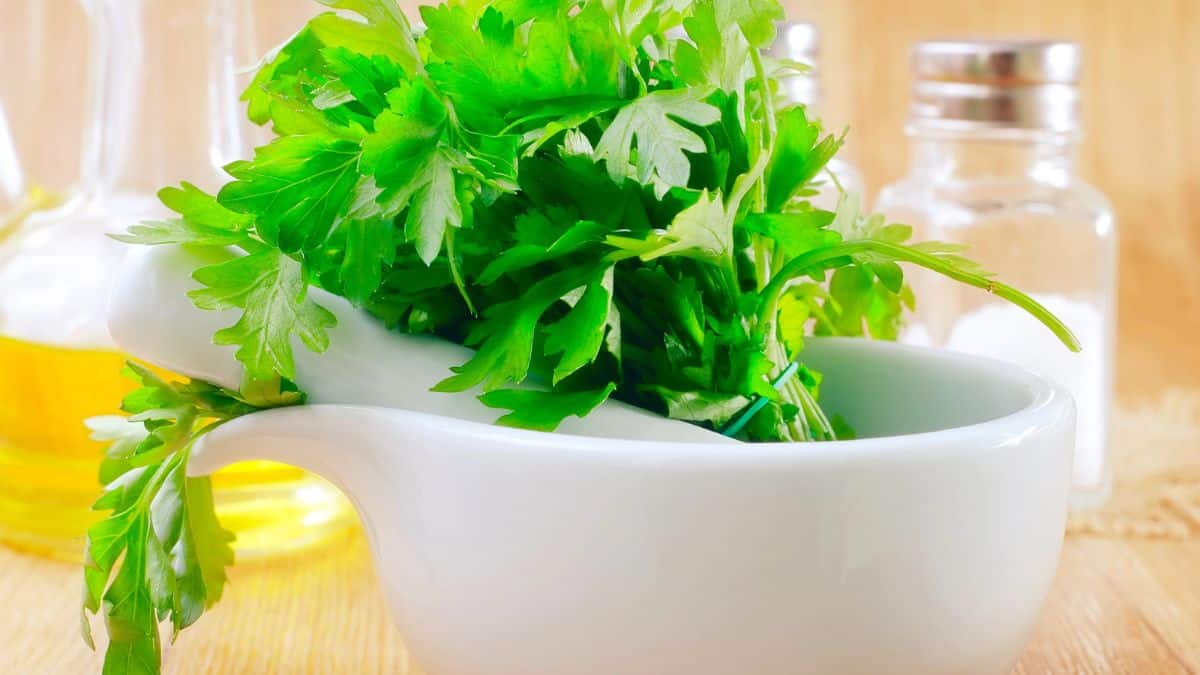
Parsley flourishes in cool indoor conditions and responds well to regular trimming. Keep the soil evenly moist and harvest from the outer stems to allow the center to keep producing. The clean, bright flavor freshens soups, grain dishes, and sauces, making it a versatile herb to have within reach all season.
Dill

Dill grows quickly from seed indoors and enjoys a sunny spot with regular watering. Snip the feathery fronds often to encourage new growth and steady flavor. Fresh dill is ideal for winter seafood, homemade pickles, and creamy dressings, and its fragrant leaves add a garden-fresh note to cold-weather meals.
Basil

Basil appreciates warmth and steady light, making a sunny kitchen window or grow light perfect for winter cultivation. Pinch back the tops to keep the plant producing sweet, fragrant leaves. Fresh basil turns simple pasta, pizza, or soups into dishes with a burst of bright flavor that dried basil can’t deliver.
Rosemary

Rosemary thrives indoors when given strong sunlight and soil that dries slightly between waterings. Its sturdy, needle-like leaves hold their aroma for weeks on the plant. Snip sprigs to flavor roasted meats, stews, and breads, or even to infuse winter cocktails. Keeping rosemary inside means you can enjoy its woodsy fragrance and flavor all season long.
6 Vegetables Perfect For Raised Bed Gardens And 3 To Avoid
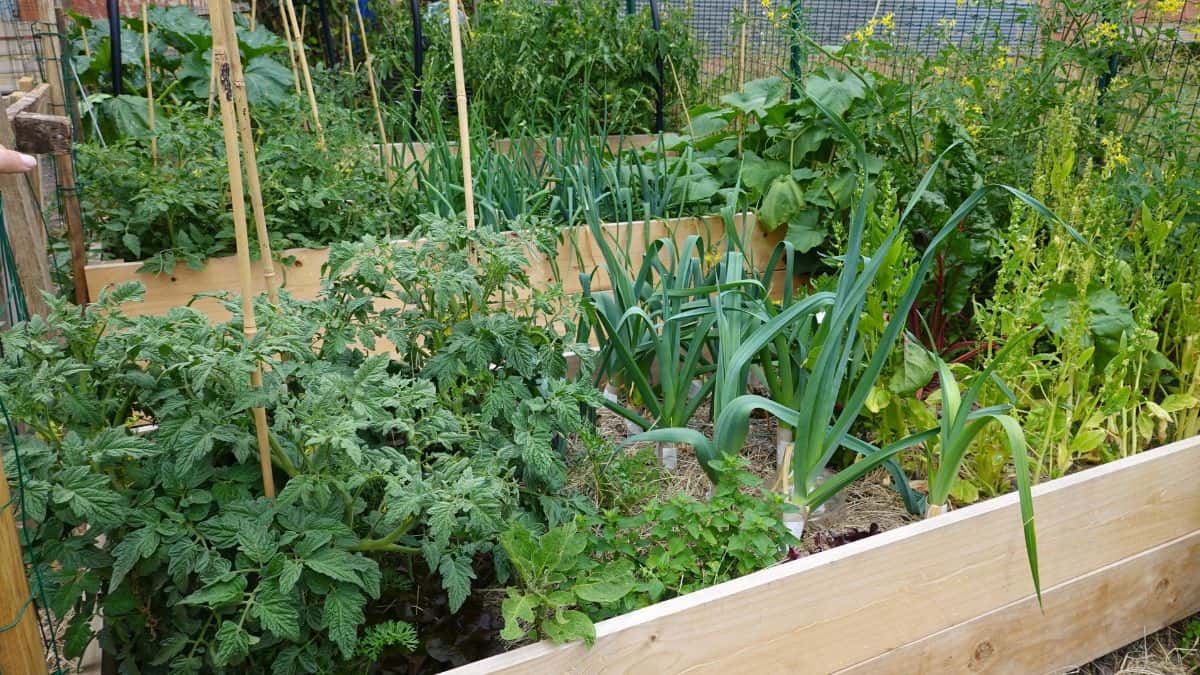
Jumping into raised bed gardening opens up a whole new world of growing potential, from boosting your soil’s nutrient profile to getting more green in less ground. The beauty of raised beds isn’t just in their efficient drainage or how they keep your soil from getting squashed underfoot; it’s also about making every square inch count. With space at a premium for most of us, picking the right veggies for these elevated patches is key.
This list will guide you through choosing the best plants for your raised beds, ensuring your garden thrives. While not every veggie is cut out for life above ground level, there are some that truly shine in compact spaces.
Read it Here: 6 Vegetables Perfect For Raised Bed Gardens And 3 To Avoid
13 Foods You Didn’t Know Are Genetically Modified

Genetically modified foods are more common than you might think, often hidden in plain sight on our plates. While some people are wary of GMOs, others appreciate the benefits they bring to farming and food production. Here’s a list of everyday foods that have been genetically tweaked, along with a brief explanation of why they were modified.
Read it Here: 13 Foods You Didn’t Know Are Genetically Modified
Select images provided by Depositphotos.
Gina Matsoukas is an AP syndicated writer. She is the founder, photographer and recipe developer of Running to the Kitchen — a food website focused on providing healthy, wholesome recipes using fresh and seasonal ingredients. Her work has been featured in numerous media outlets both digital and print, including MSN, Huffington post, Buzzfeed, Women’s Health and Food Network.








